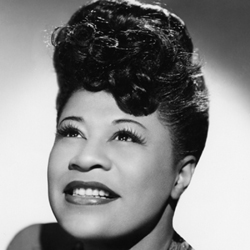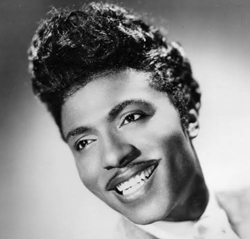 Influential Music Artists From 1940 to 1959
Influential Music Artists From 1940 to 1959
Popular Recording Artists
The Transformative Decades
The 1940s and 1950s were transformative decades for popular music, witnessing the rise of swing, jazz, rhythm and blues, country, and the emergence of rock and roll. Many artists from this period became legends whose influence endures to this day. This article explores a few of the most significant recording artists of the 40s and 50s, highlighting their contributions and lasting impact on the music industry.
The 1940s: The Swing Era and the Rise of Vocalists
Bing Crosby
Bing Crosby was one of the best-selling artists of all time. His smooth baritone voice defined popular music in the 1940s, and the recording of "White Christmas" (1942) remains one of the best-selling singles in history. Crosby’s relaxed singing style influenced countless artists, and his radio and film career further solidified his status as a cultural icon.
Frank Sinatra
Nicknamed "Ol' Blue Eyes," Frank Sinatra was a leading vocalist in the 1940s, initially gaining fame with the Tommy Dorsey Orchestra before establishing a solo career. His crooning style and emotionally rich performances made hits like "I'll Never Smile Again" (1940) and "You’ll Never Know" (1943) widely popular. By the end of the decade, he was one of the most celebrated singers in America.
 Ella Fitzgerald
Ella Fitzgerald
A jazz and swing powerhouse, Ella Fitzgerald’s rise in the 1940s was marked by her association with the Chick Webb Orchestra and her groundbreaking scat singing. Songs like "A-Tisket, A-Tasket" (1938) and "Summertime" showcased her vocal agility. She became known as the "First Lady of Song" and continued to influence jazz and pop music for decades.
The Andrews Sisters
The Andrews Sisters, LaVerne, Maxene, and Patty, dominated the 1940s with tight harmonies and upbeat tunes. Their biggest hits, including "Boogie Woogie Bugle Boy" (1941) and "Rum and Coca-Cola" (1944), were synonymous with the World War II era, entertaining both troops and the general public.
The 1950s: The Birth of Rock and Roll and the Evolution of Pop
Elvis Presley
No discussion of 1950s music is complete without Elvis Presley. Known as the "King of Rock and Roll," he revolutionized popular music with his energetic performances and fusion of rockabilly, blues, and gospel. Hits like "Heartbreak Hotel" (1956), "Hound Dog" (1956), and "Jailhouse Rock" (1957) catapulted him to superstardom, making him one of the most influential artists of all time.
Chuck Berry
Chuck Berry, a pioneering force in rock and roll, bringing an electrifying energy to the genre with his guitar riffs and storytelling lyrics. Songs like "Maybellene" (1955), "Johnny B. Goode" (1958), and "Roll Over Beethoven" (1956) became anthems of the rock and roll movement, influencing generations of musicians.
 Little Richard
Little Richard
Little Richard’s flamboyant style and high-energy performances set the stage for rock and roll’s rebellious spirit. With hits like "Tutti Frutti" (1955) and "Long Tall Sally" (1956), his shouting vocals and pounding piano rhythms made him a key figure in shaping the genre’s early days.
Buddy Holly
Buddy Holly’s short-lived career was incredibly influential. His innovative approach to songwriting and recording, evident in tracks like "Peggy Sue" (1957) and "That’ll Be the Day" (1957), laid the groundwork for future rock bands. His untimely death in 1959 was a significant loss to the music world.
Ray Charles
Ray Charles pioneered soul music by blending gospel, blues, and R&B. Songs like "I Got a Woman" (1954) and "What’d I Say" (1959) showcased his unique style, earning him the nickname "The Genius." His influence extended into later decades, shaping soul and rock music alike.
Patsy Cline
Though her career began in the late 1950s, Patsy Cline became one of the most important figures in country music. With hits like "Walkin’ After Midnight" (1957) and "Crazy" (1961), her emotive voice and crossover appeal helped redefine country music’s reach.
The Lasting Legacy
The artists from the 1940s and 1950s laid the foundation for modern music. The crooners and big band vocalists of the 1940s set the stage for the solo pop stars that followed, while the rock and roll pioneers of the 1950s created a genre that would dominate the music industry for decades. Their contributions continue to influence artists across multiple genres, ensuring their legacy endures through the ages.